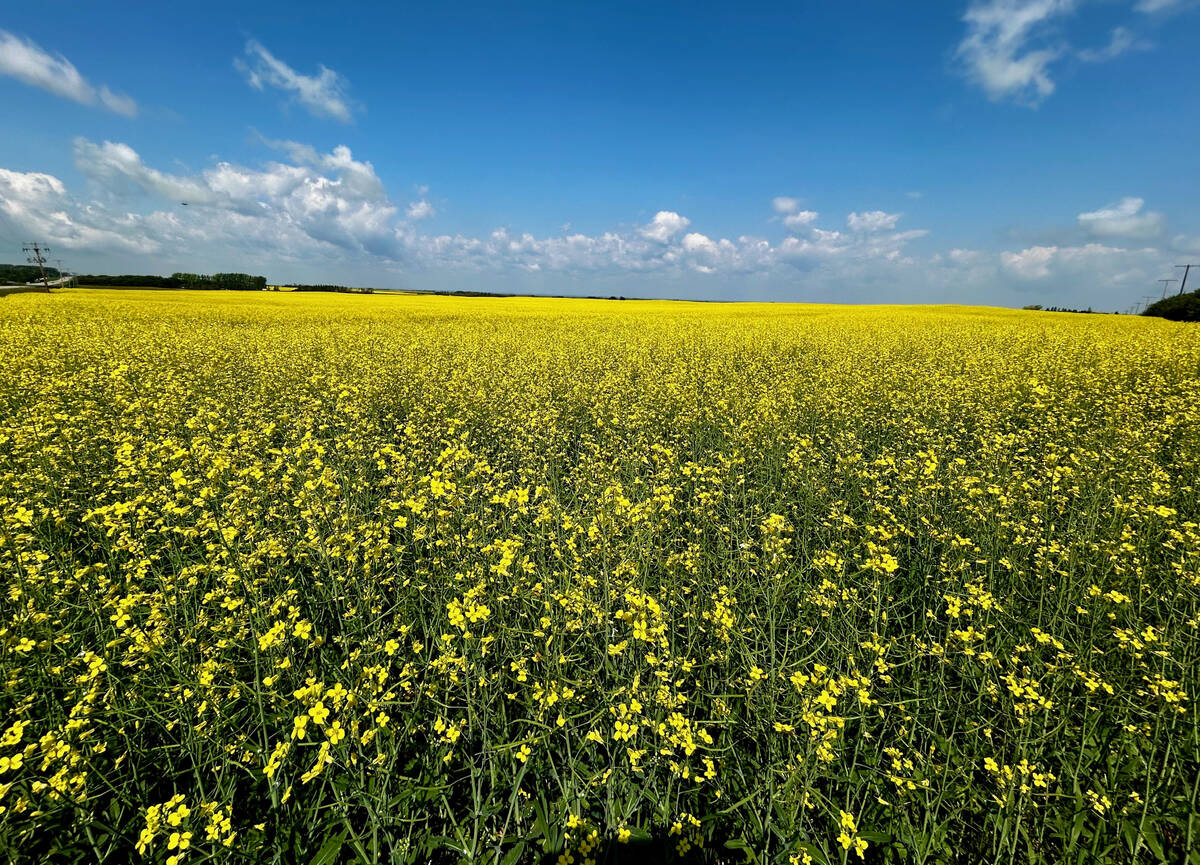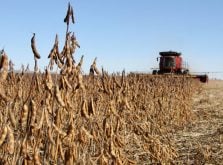Global biotech acreage continues to expand at a double-digit pace, says a report released by the International Service for the Acquisition of Agri-Biotech Applications (ISAAA).
In 2007, the area seeded to genetically modified crops grew 12 percent to 282.4 million acres. The United States was home to half of those acres, followed by Argentina, Brazil and Canada.
Twelve million farmers in 23 countries grew GM crops in 2007, 11 million of which were resource poor farmers in developing countries.
Soybeans continued to be the principal GM crop, occupying 57 percent of global biotech acreage, followed by corn at 25 percent, cotton at 13 percent and canola at five percent.
Read Also

Pakistan reopens its doors to Canadian canola
Pakistan reopens its doors to Canadian canola after a three-year hiatus.
Greenpeace said the report “is littered with false claims and manipulated statistics,” noting 92 percent of the world’s arable land is still cultivated with conventional crops and that more than 99 percent of farmers farm without the use of biotechnology.
“In fact, rice and wheat, two of the world’s most important staple crops, are still grown GE-free. And increasingly more countries are opting for an outright ban on GE crops, as can be seen by France’s recent announcement to ban the commercial planting of GE maize,” said Greenpeace agriculture campaigner Jan van Aken.
ISAAA chair and founder Clive James said it is only a matter of time before GM rice and wheat will be on the market, especially given today’s buoyant grain economy.
“As you increase the commodity prices there is huge pressure to increase supply and decrease cost and that’s exactly what this technology does.”
James said there have been a number of positive developments with GM wheat. U.S. wheat groups are stepping up their efforts to commercialize the crop in an attempt to stop losing ground to corn and soybeans.
“The advantages that you’ve got with biotech are so significant that wheat cannot compete,” James said.
American farmers want fusarium resistant wheat. Producers in other parts of the world are demanding drought and insect resistant varieties.
India’s finance minister recently said it is important to follow the success of GM cotton with food grain to help the country become self sufficient in rice, wheat, pulse and oilseed production.
More than a dozen GM crops are being field tested in China, including rice, corn and wheat. Australia is field testing drought tolerant wheat after farmers in that country convinced policymakers they can’t continue to compete without the technology, James said.
He expected Australia to be the first country to commercialize GM wheat, likely within the next five years. GM rice will likely make it to market before that. James said it won’t be long before golden rice, a GM crop designed to produce beta-carotene, will be planted in China. Beta-carotene is a valuable nutrient absent in conventional rice crops.
“It’s not a question of if, it is when,” James said. “I would say the maximum is three years when you’re looking at golden rice becoming available.”
Chinese researchers have also completed extensive field testing of GM rice resistant to insect borers and bacterial blight and are awaiting approval from regulators. They estimate the crops will boost yields two to six percent and reduce insecticide application by nearly 80 percent.
ISAAA projects GM cotton has delivered $5.8 billion US in benefits to Chinese farmers from 1996-2006. GM rice would generate a further $4 billion US in annual benefits.
James said the continued rejection of the technology by countries such as France will be to their detriment.
“Europe is going to be left behind,” he said.
Canada’s GMO acreage increased by 15 percent in 2007, slightly above the global average. Canadian farmers seeded 12.6 million acres of GM canola, three million acres of GM corn and 1.7 million acres of GM soybeans.
GM canola accounted for 87 percent of canola acreage in 2007, up from 84 percent in 2006. CropLife Canada released two new reports last week showing that GM soy and corn varieties each command 65 percent of the total acres grown of those two crops.
“The reasons are clear. For farmers, biotech crops provide increased yields, improved disease resistance and more efficient production,” said CropLife president Lorne Hepworth.
“In addition to increased productivity per acre, biotech crops allow for reduced tillage, preventing soil erosion and moisture loss while reducing greenhouse gas emissions.”















